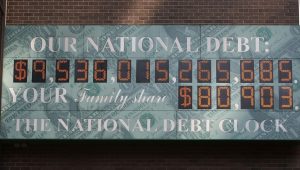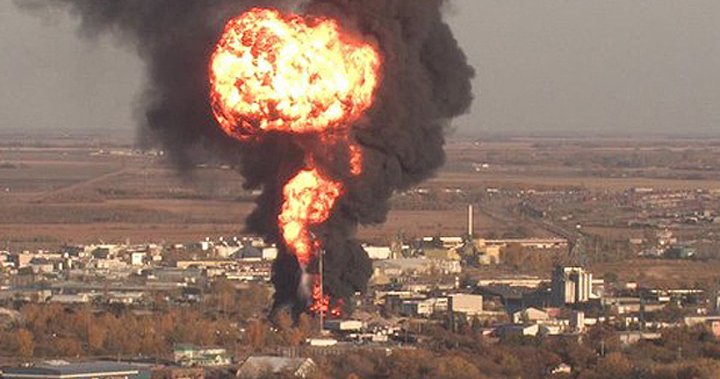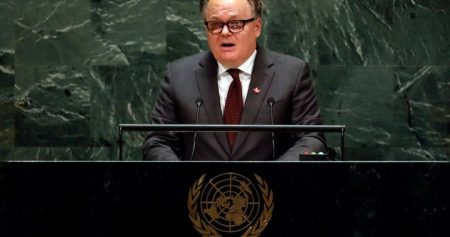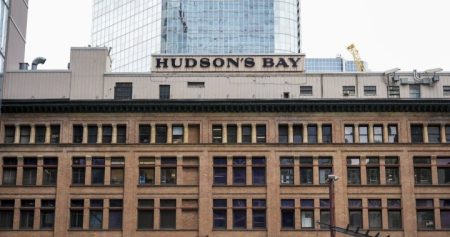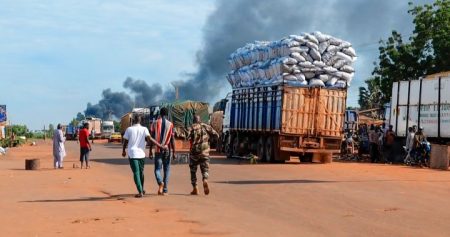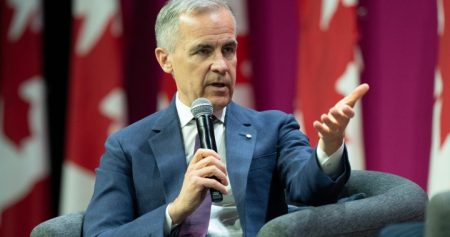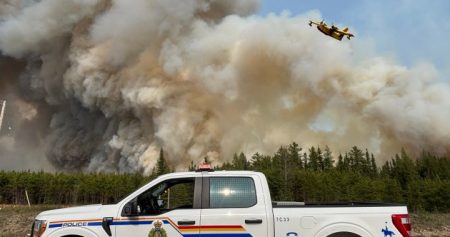The tranquility of St. Boniface, a Winnipeg neighborhood, has been intermittently shattered by the looming presence of railway hazards. A 2012 incident, where a fuel plant explosion ignited a tanker car, sending a fireball into the sky, serves as a stark reminder of the potential for catastrophic events. This incident deeply impacted long-time resident Tom Scott, highlighting the rapid escalation and devastating consequences of rail-related accidents. His concerns are not unfounded, as St. Boniface has experienced other derailments, further emphasizing the precarious situation faced by the community. This sense of unease is amplified by the increasing frequency of train crossings, transforming a once-rare occurrence into a constant source of anxiety.
A recent University of Manitoba study underscores the magnitude of the risk, revealing that 40% of St. Boniface residents are exposed to rail-related hazards. The study emphasizes the potential for derailments involving dangerous goods, leading to spills, fires, and the subsequent evacuation or isolation of residents. Compounding this vulnerability is the steady growth in train lengths over the past decade, which has increased by an average of over 27% annually. This trend contributes to extended delays at crossings and amplifies safety risks, particularly for the 26 schools, hospitals, senior facilities, and daycares located within 800 meters of the rail lines – a distance considered the evacuation and isolation buffer zone by Transport Canada. However, the study suggests that this buffer zone may be insufficient, as the impact of a major incident could extend up to two kilometers.
One proposed solution to mitigate these risks is rail relocation. However, this proposition is met with complex challenges, as highlighted by St. Boniface councillor Matt Allard. Relocating rail lines involves navigating a web of conflicting priorities, including safety, convenience, noise pollution, and the potential impact on approximately 2,000 well-paying jobs in Winnipeg. While acknowledging the inherent difficulties, Allard emphasizes the ongoing search for a solution that balances the needs of the community with the economic realities of rail transportation. He references a provincial rail relocation study as evidence of continued efforts to address this complex issue.
Despite the complexities, residents like Tom Scott view rail relocation as the most effective solution. He believes that moving the rail lines would eliminate the dangers, worries, health concerns, and traffic congestion associated with their current proximity to residential areas, ultimately fostering a healthier lifestyle for the entire community. This perspective is supported by the University of Manitoba study, which details the detrimental effects of rail lines passing through residential areas. These impacts include safety risks, pollution, noise, vibration, traffic hazards, injury, landscape disruption, diminished community cohesion, heightened stress, increased crime, and decreased property values.
Historically, St. Boniface did not experience such a high level of risk. Scott recalls a time when train crossings were infrequent, a stark contrast to the current reality of constant rail traffic. While acknowledging that trains themselves are not the problem, he expresses concern about the nature of the cargo, the size of the trains, and the frequency with which they traverse the community. He advocates for swift action, recognizing that while complete removal of all rail lines may not be immediately feasible, even incremental progress, such as relocating a few lines, would be a significant step forward. He believes that initiating the process is crucial, even if the ultimate goal takes decades to achieve.
Scott draws a parallel between rail relocation and personal growth, emphasizing the importance of continuous improvement. He believes the city should adopt a similar mindset, striving to learn from past experiences and enhance the lives of its residents. He stresses the value of investing in the community and creating a better environment for those who contribute through taxes. Ultimately, he envisions a St. Boniface where the well-being of its residents is prioritized, leading to a stronger and more vibrant community for all.

